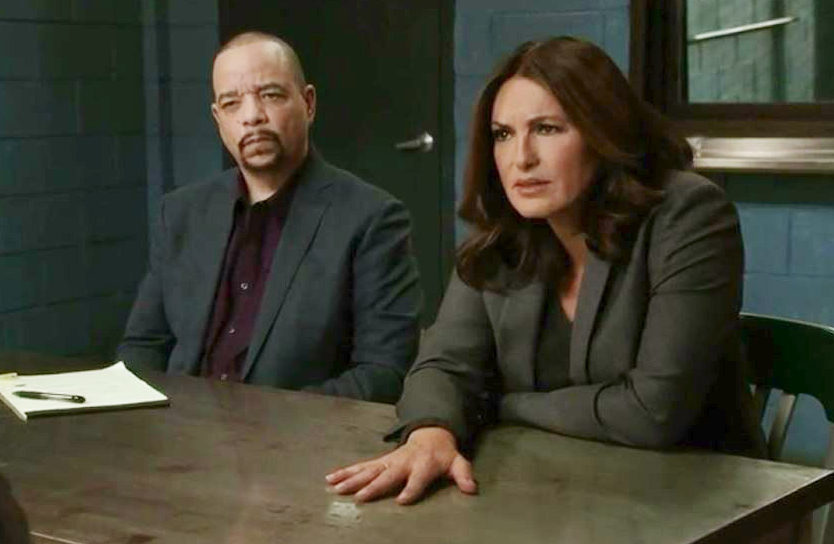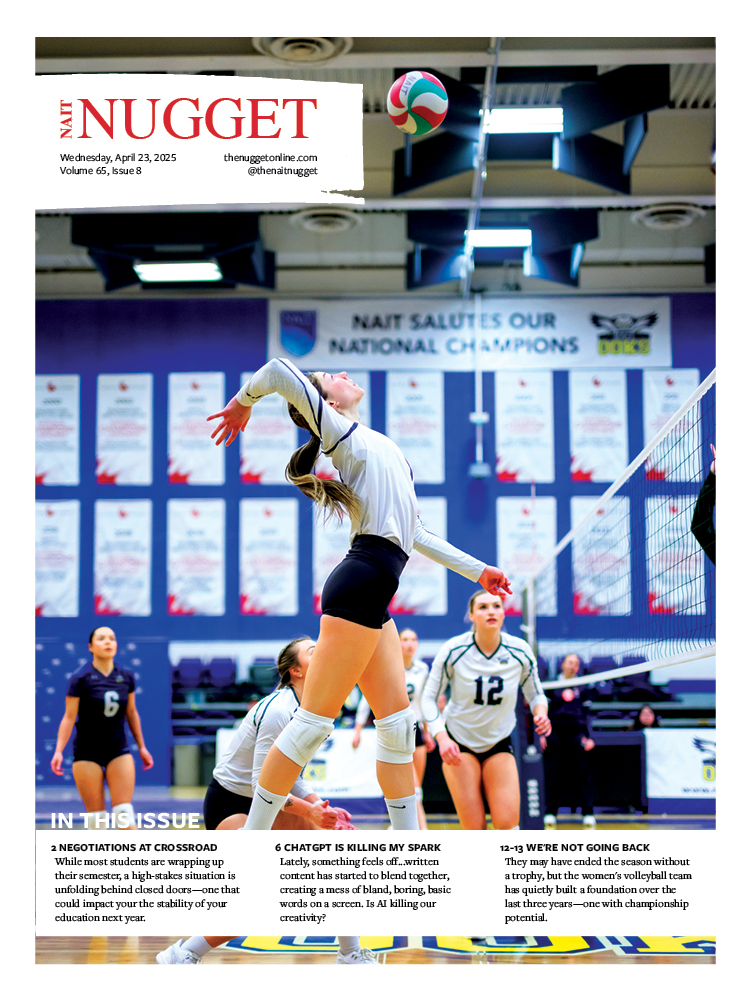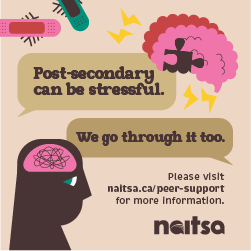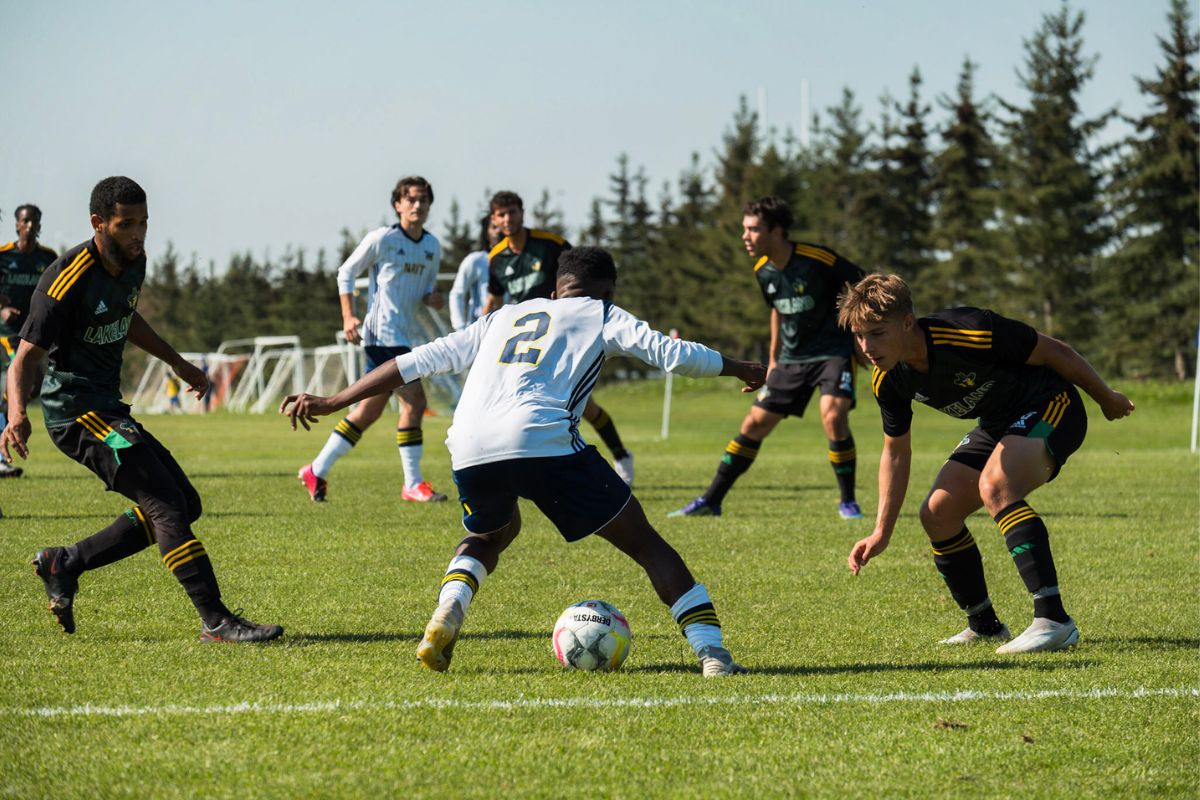Living on my own and the time I spend working on design projects for my classes means I watch an embarrassingly large amount of television in the background, consume many hours of podcasts and am rarely without a never-ending list of articles to read. Powering through that much content provides an interesting opportunity to view a wide breadth of content and cultural criticism and I spend a lot of time critiquing the media around me (thanks, English degree!).
Lately I’ve been thinking a lot about how popular crime procedurals like Law and Order: SVU and Criminal Minds or true-crime documentaries like Serial or Making a Murderer portray violent crimes and how we interact with this media. As this genre has slowly crawled out of late night television to popular, prime time (relatively speaking in today’s on-demand media era), what does it mean when we consume portrayals of horrific crimes as entertainment and how does it change when there are true events behind the story?
I remember the early episodes of SVU and Criminal Minds. They were disturbing, of course, but regularly over the top and focused on the who-dunnit-y procedural so there was room for viewers to cling to the fictional aspect of the show. However, lately I’ve noticed that the plots are becoming increasingly violent and seemingly inspired by real headlines.
Earlier this week, The Globe and Mail published a piece by Ellen Vanstone about her experiences as a writer for television dramas and the rise of rape as a plot device. She describes losing her innocence in the writing room after pitching a (chilling enough) Jane Eyre-esque story of mental illness and a hidden grandmother in the attic, which tweaks and changes had turned into another rape story. Her “dead old lady had turned into a thirtysomething adultress who gets her head bashed in and [her] old lady in the attic had turned into a beautiful blond teenager in a basement being held captive by the world’s most adorable predator, Rossif Sutherland.”
Vanstone said her horror in unintentionally becoming complicit in the creation of another story of sexual violence quickly morphed into rage over the amount of rape and violence towards women shown in our media. It’s a back story, a plot device to motivate male protagonists and is even casually tossed in “to raise the stakes”.
Skeptical? Game of Thrones, The Fall, NCIS, Hawaii Five-O, Bones, The Mentalist, The Americans, Bates Motel, Dexter, House of Cards, Jessica Jones, Scandal, True Detective, Downton Abbey, Happy Valley, Last Tango in Halifax, Mad Men, Reign, Top of the Lake, Orange is the New Black. These are just some examples of recent shows where rape has reared its ugly, violent head.
Rape stories are always unsettling. They should be.
Over the last couple of years, however, I’ve noticed that an unsettling feeling and compulsion to double check that I locked my door has become more of a sickening knot. Part of it is knowing too many victims of sexual assault – one in four Canadian women will be sexually assaulted during her lifetime. But part of it is seeing stark similarities to stories like the Steubenville rape case, Rehteah Parsons and many of the Title IX (an American law that prohibits discrimination on the basis of sex in education programs or activities that receive federal funding) cases currently under debate, particularly on shows like SVU. No longer simply lurid plots providing absurd fodder for crime scene investigations and behavioural analysis, these shows hit close to home, particularly as many leave the case without justice for the victim in an ending that is tragically true to life.
Maybe this sickening knot is what today’s viewers need – an uncomfortable brush with the realities of rape and our flawed system for dealing with sexual assault. The casual inclusion of rape simply to further plot lines is entirely reprehensible. However, the argument can be made that a place for thoughtful discussions of assault may provide an approachable theatre for discussing these issues.
A study published by Washington State University found a connection between the way sexual violence is portrayed in media and how people view sexual consent. A 2015 study from the Journal of Health Communication found that shows like Law and Order, which show both the criminal act and the process of going to trial and sentencing, was associated with an increase in viewers’ intention to adhere to expressions of sexual consent and to refuse unwanted sexual activity. According to the study, the findings suggest that the show’s focus on establishing the presence of consent provides a valuable opportunity to discuss misconceptions and could potentially provide a tool for practitioners focused on preventing sexual assault.
If crime shows are here to stay, I hope they think carefully about the way they portray assault and violence. Assault has a horrible impact on many lives and if we’re going to allow rape stories to be depicted in media we consume for entertainment, it needs to be done with great care.
– Danielle S. Fuechtmann, Editor-in-Chief
Image from All Things Law and Order






